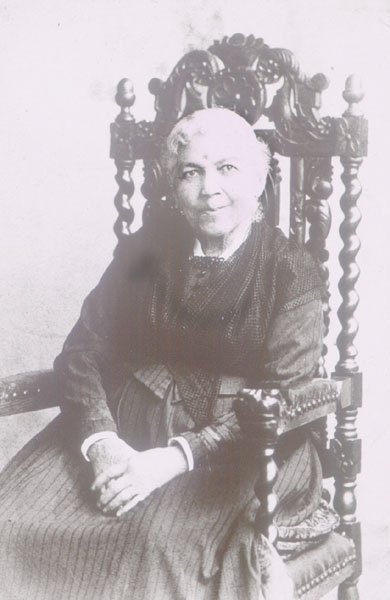February is African American History Month
Q : Who was responsible for initiating African American History Month? A : Carter G. Woodson Born in 1875 in Canton, Virginia, Woodson worked as a sharecropper to help support his family. He began his high school education in "his late teens," but proved to be a quick study: he completed a four-year course of study in half the time. Later he would complete his education at Berea College and earn his bachelor's and master's degrees at Harvard University, and ultimately earned his doctorate from Harvard. Later on he would become a co-founder of the Associate of Negro Life and History. During this period of the early 20th century, the consensus among most white scholars was that the African American 'had no history': that his cultural background had been utterly stripped of him and long forgotten. However, thanks to intrepid scholars like Woodson, Arthur Schomburg, E. Franklin Frazier, and others, the rich history of African Americans became a seriou...
